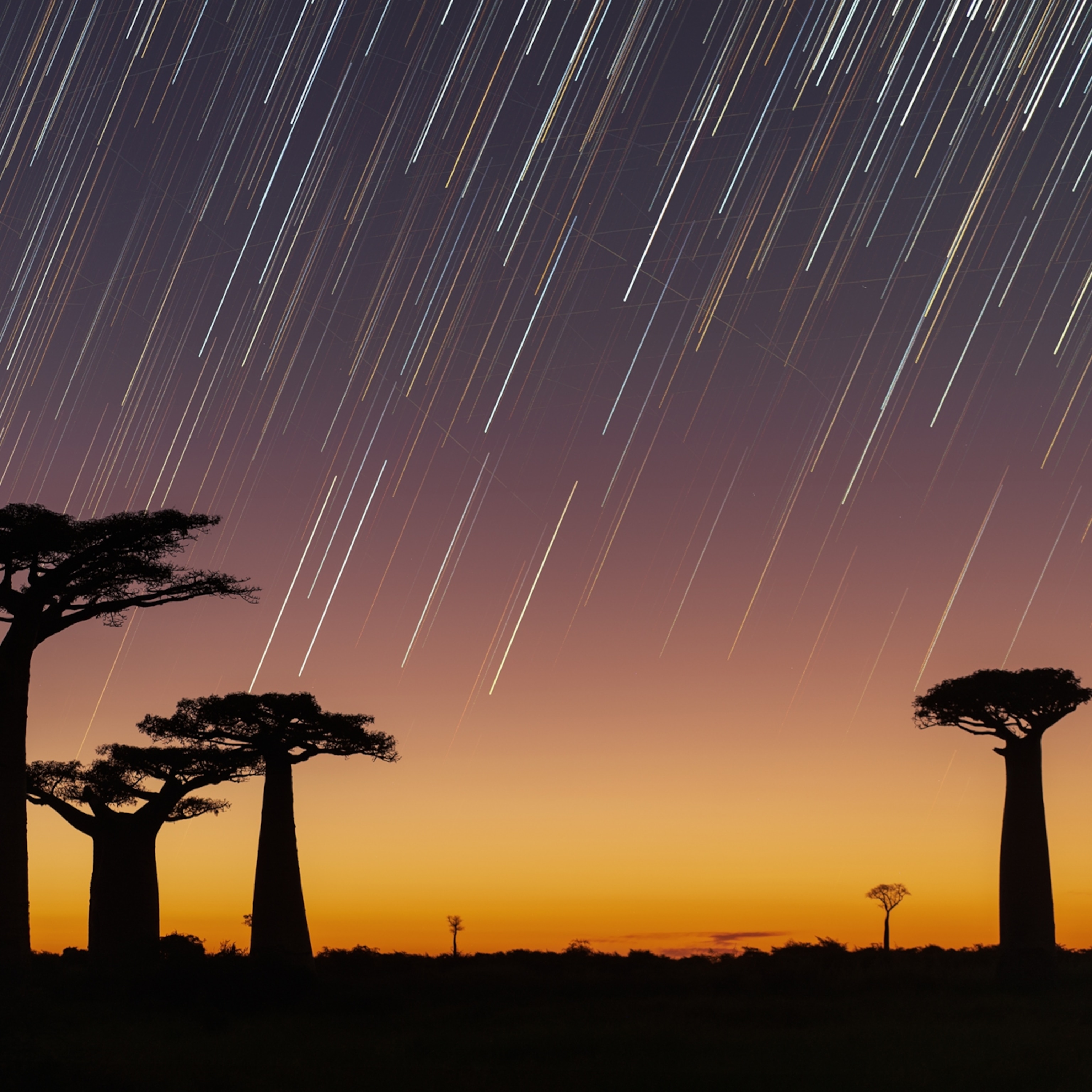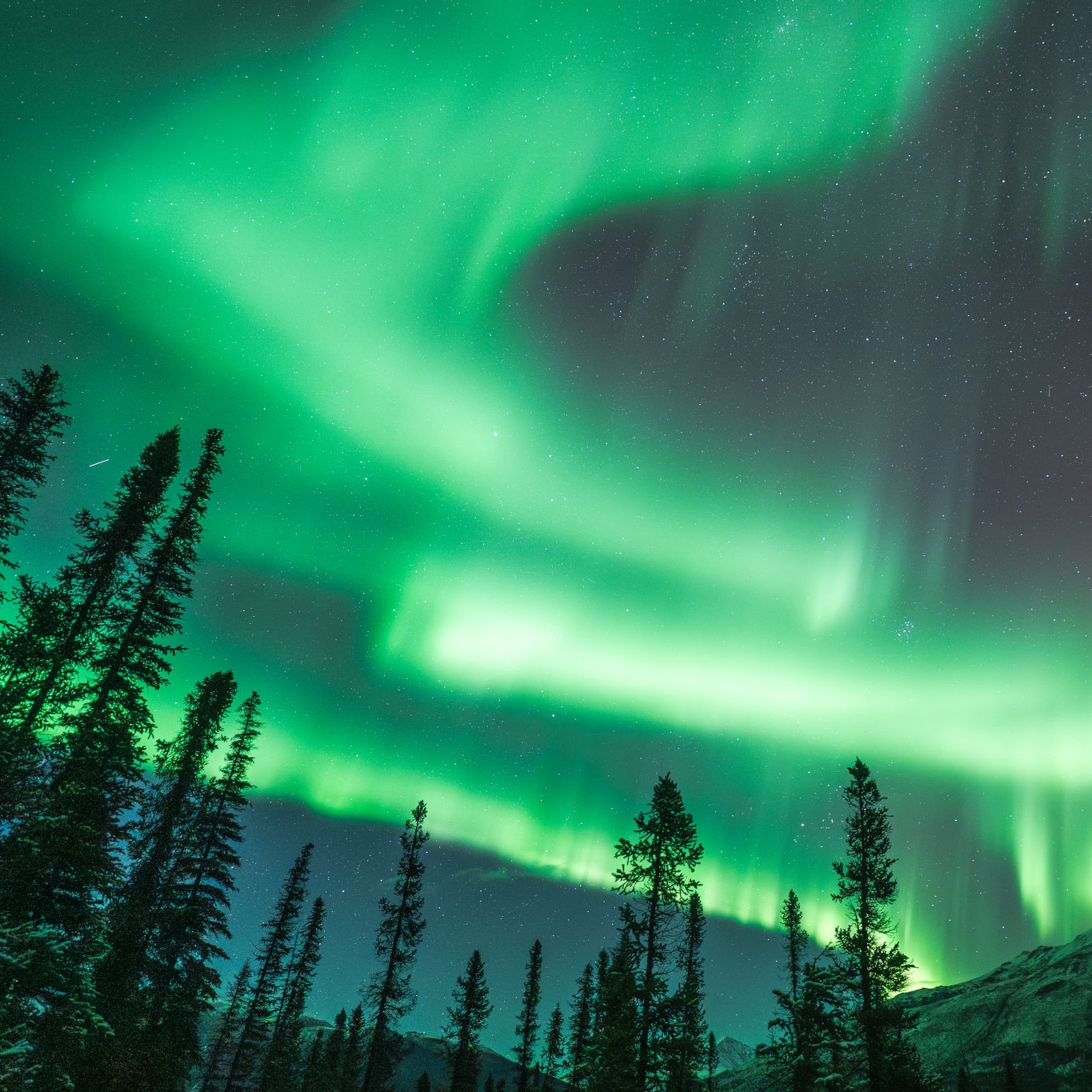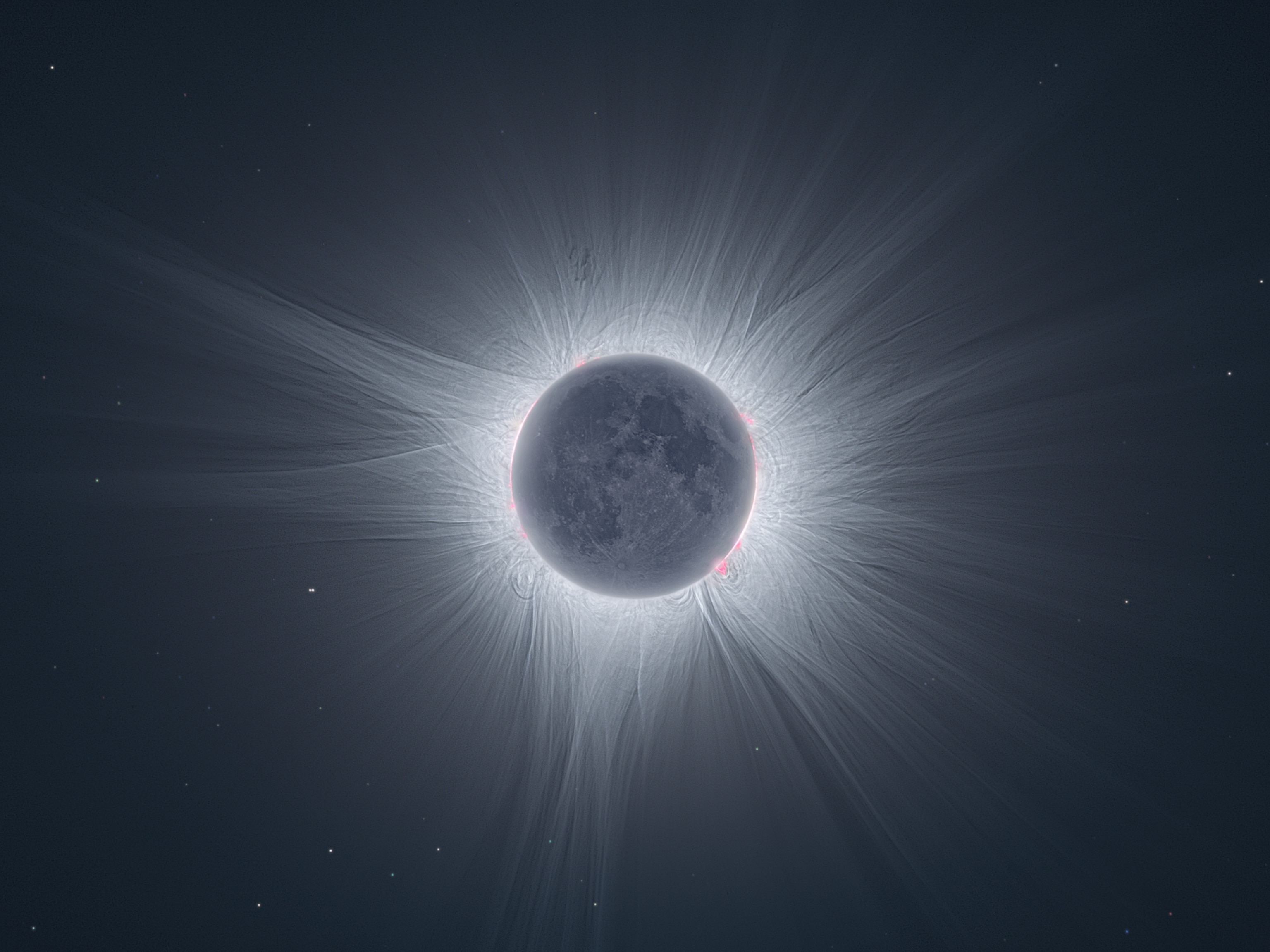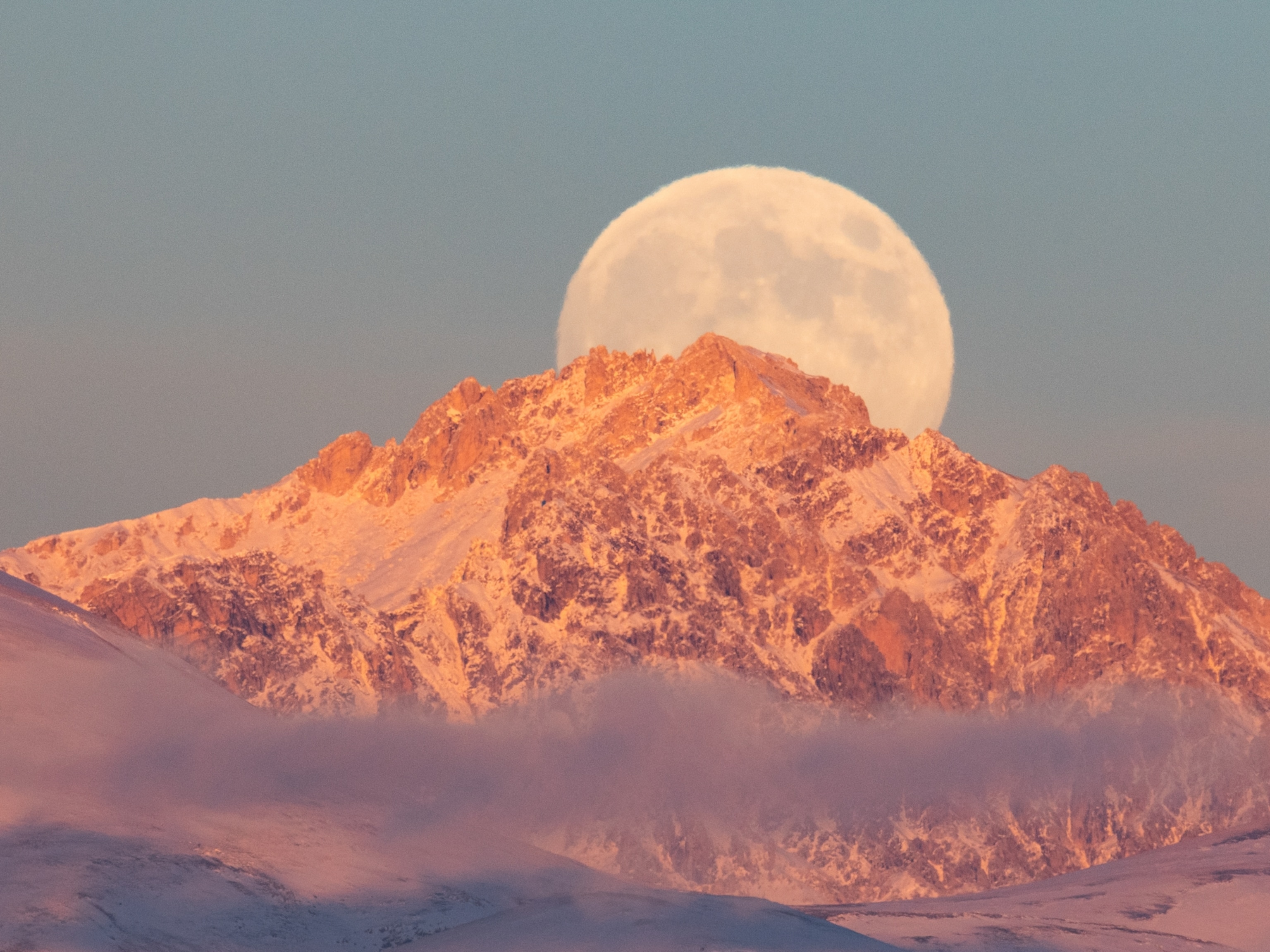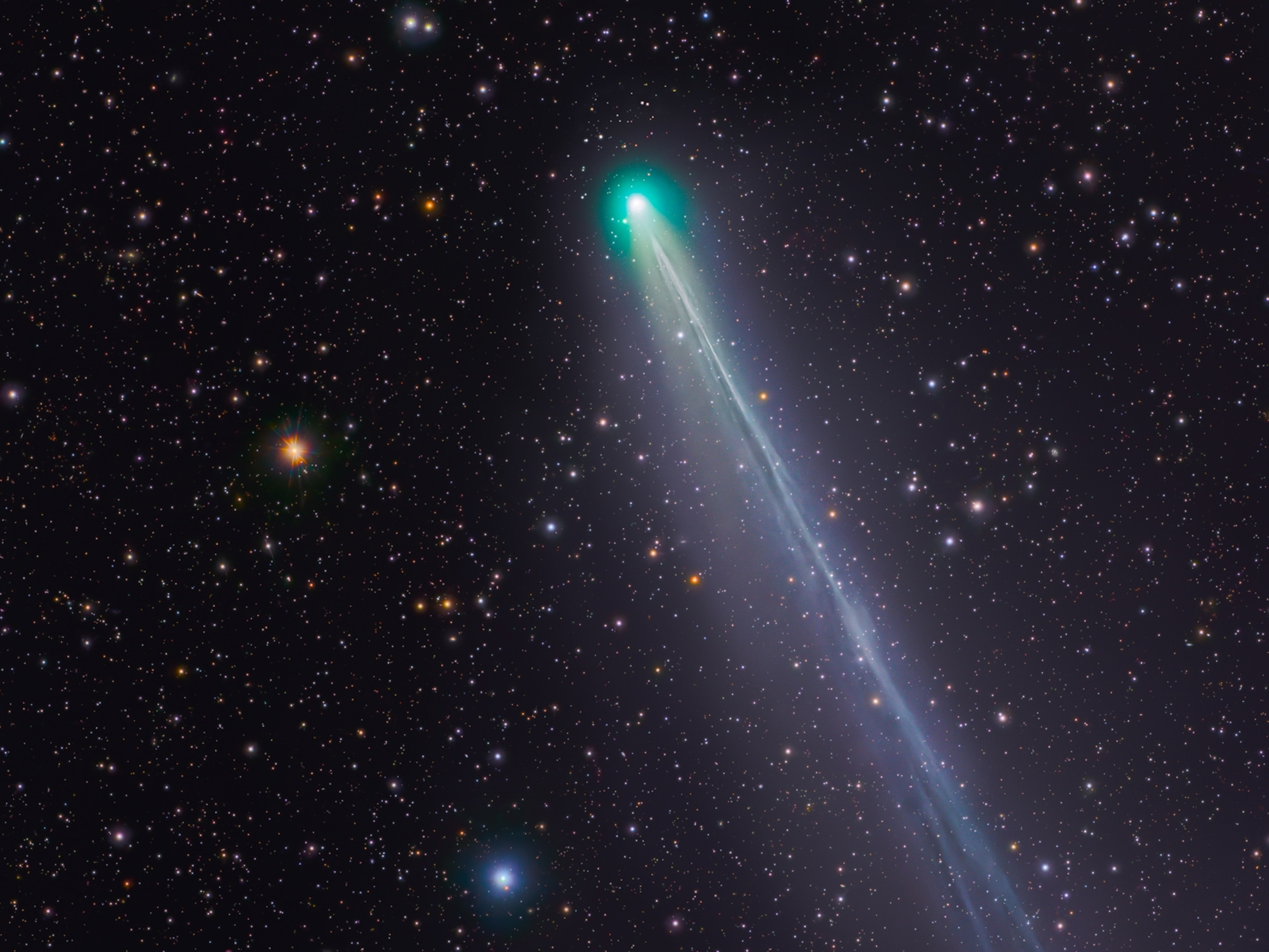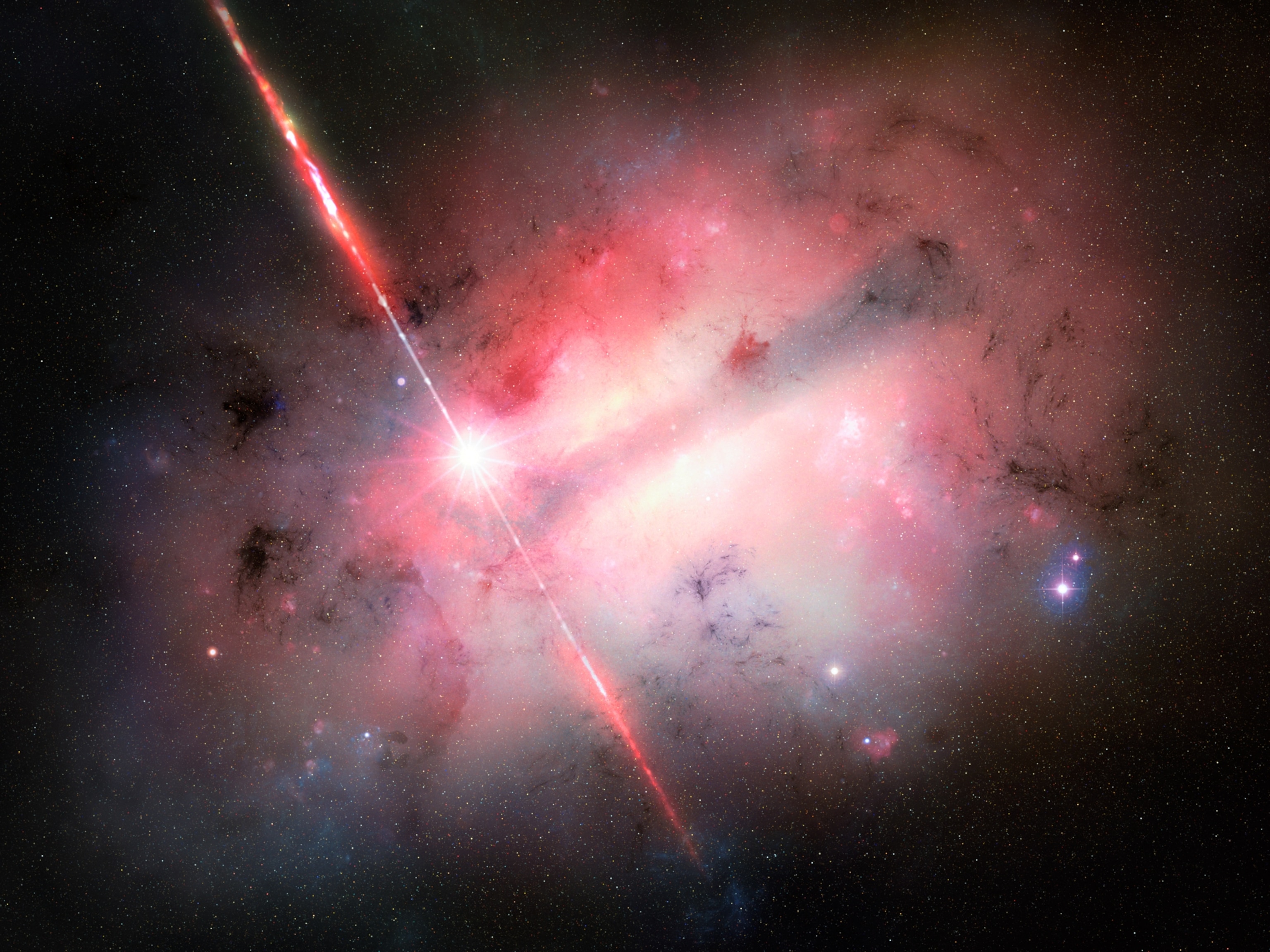Chasing the northern lights? Here’s what forecasters can—and can’t—tell you
Space weather forecasting is decades behind Earth’s meteorology. Learn what makes auroras so unpredictable—and the real-time tricks aurora chasers use to catch them.

Few natural phenomena inspire as much anticipation as the northern lights. When the aurora forecast looks promising, people from Alaska to Australia watch the skies, hoping for a glimpse of green, red, and violet ribbons shimmering across the sky. But in many cases, after hours of waiting, not much happens.
Why? Despite decades of scientific advancements, predicting the northern lights remains an imprecise science. “Space weather today is where terrestrial weather was in the 1960s,” says Vince Ledvina, an aurora chaser, photographer, and doctoral student at the University of Alaska Fairbanks.
Here’s what makes aurora forecasting so tricky—and how chasers can boost their chances of witnessing this celestial spectacle.
What are the northern lights?
The northern lights, or aurora borealis, are the result of a complex chain reaction that starts at the sun. (This also applies to its counterpart, the aurora australis in the southern hemisphere.)
“They’re a visible expression of the invisible, elusive region called the space weather environment, which not only surrounds the Earth, but also floods the whole solar system,” says astronomer Tom Kerss, who serves as chief aurora chaser for the Norwegian cruise line Hurtigruten. That’s why auroras exist on other planets, too.
(How to see the northern lights—and why they’re showing up more recently.)
The process begins with solar wind, a constant stream of charged particles emitted by the sun. When this wind reaches Earth, the particles can interact with our magnetosphere, funneling energy toward the poles where magnetic field lines converge. There, energetic particles collide with atmospheric gases like oxygen and nitrogen, releasing light in vibrant hues of green, pink, red, and purple.
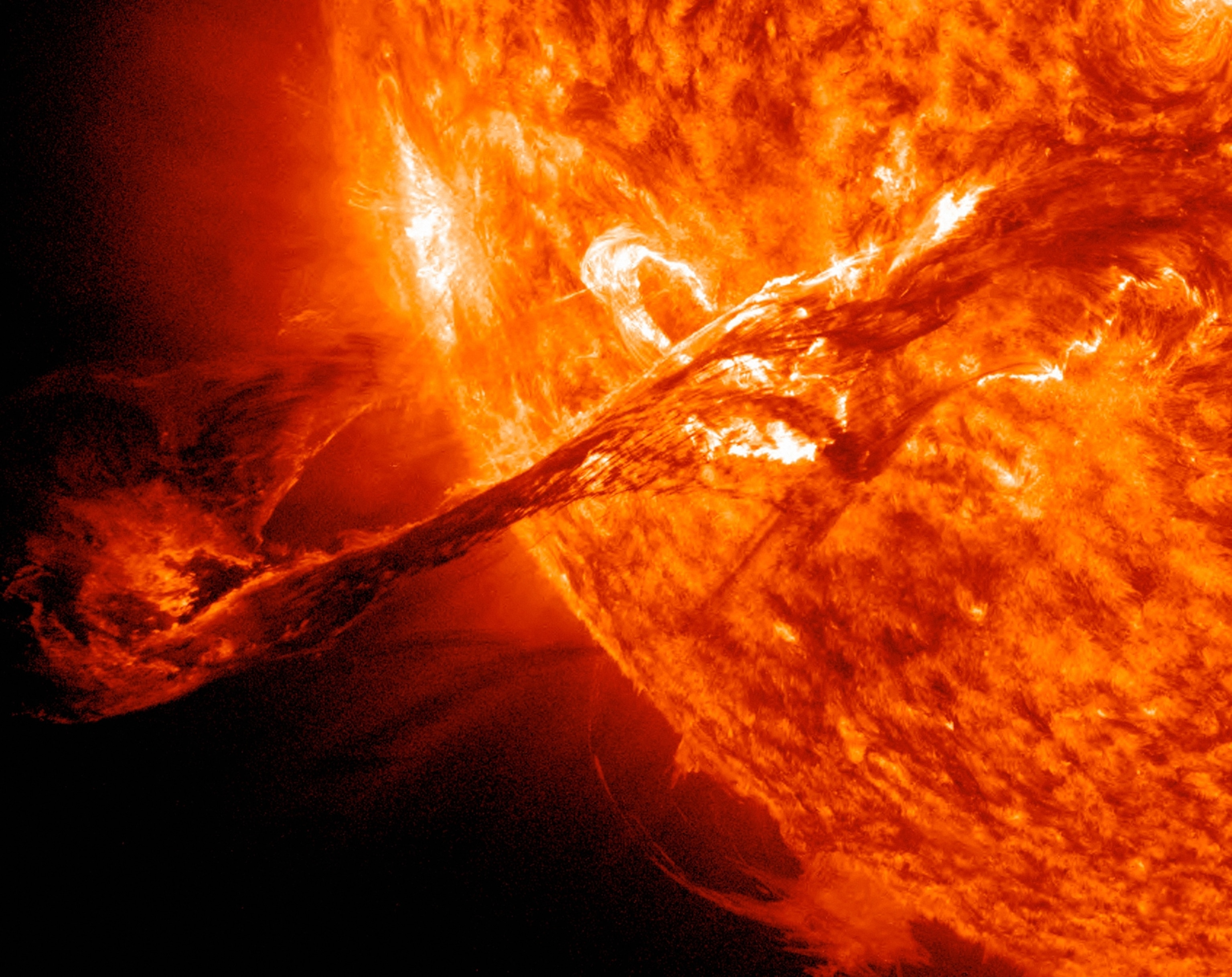
Auroras are always occurring at some level, but the especially vivid curtains and spirals that can spill beyond the polar regions require an extra surge of energy. That power often comes from major solar events: coronal mass ejections (CMEs)—vast explosions of plasma and magnetic fields hurled into space. These are the primary culprits behind extreme geomagnetic storms. Solar flares, sudden bursts of radiation, and coronal holes, which unleash faster streams of solar wind, add to the mix.
How do space weather forecasts work?
While aurora predictions capture headlines, they’re really a byproduct of a more urgent task: protecting Earth’s technology from the sun.
The same solar events that illuminate the sky can also disrupt power grids, degrade satellite electronics, interfere with GPS and navigation systems, and interfere with radio communications. Space weather forecasts buy operators time to shield vital systems.
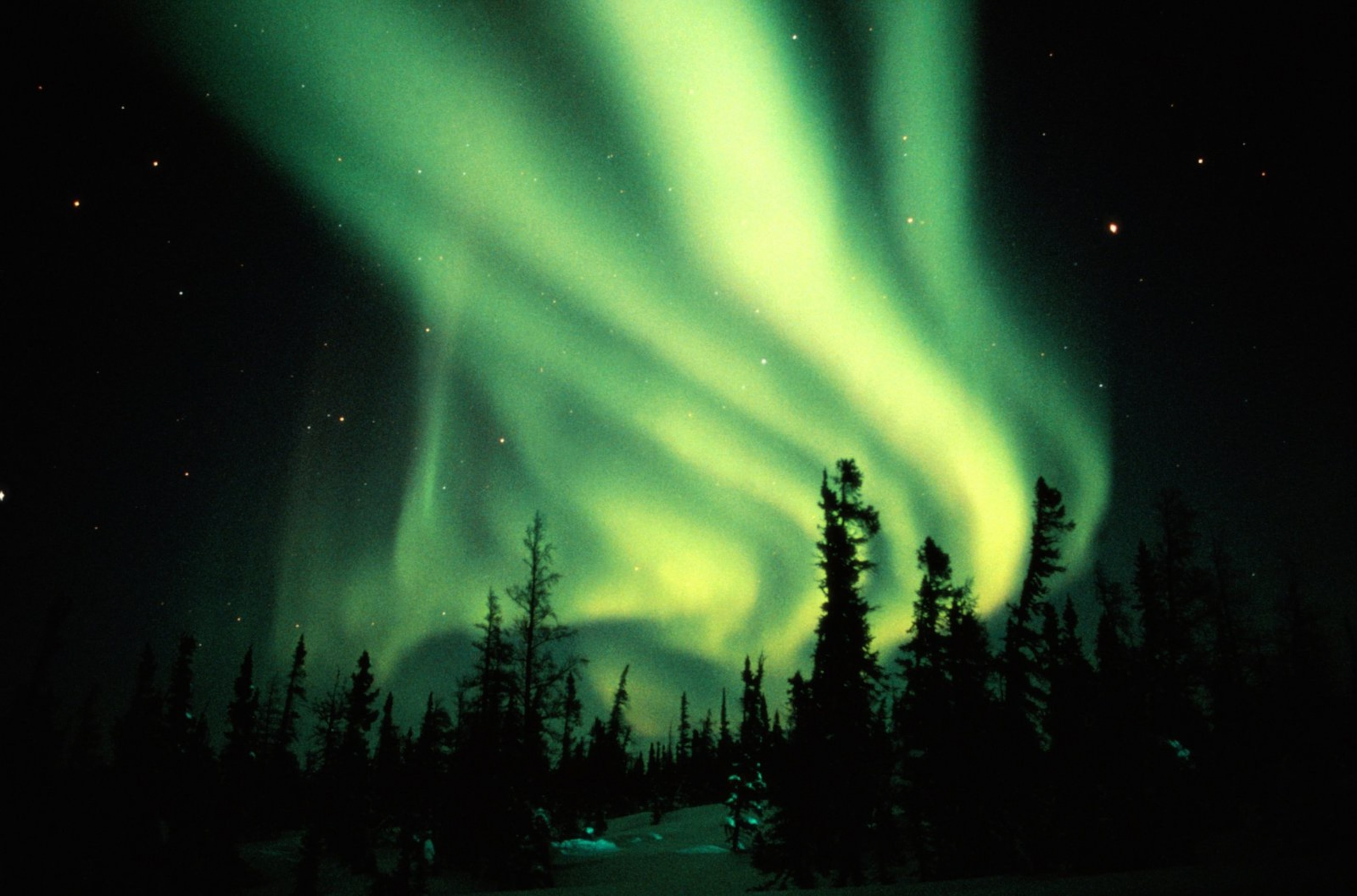
At the Space Weather Prediction Center (SWPC), part of NOAA, forecasters monitor the sun around the clock. Using various satellites and ground-based observatories, they watch for solar radiation storms, high-frequency radio blackouts, geomagnetic storms, and dark patches on the sun called sunspots, which often herald intense solar events.
“When there are a large number of sunspots, the sun is undergoing an increased level of, in simple terms, a kind of magnetic stress,” says Kerss. “Ultimately, these knots in the magnetic field will eventually unknot themselves, and the magnetic stress is released.”
That release often causes solar events like solar flares, which, in turn, are often linked to CMEs. When a CME occurs, forecasters input the observational data into a model to create predictions anywhere from one to three days ahead of a possible impact. They further refine the forecast when the solar wind passes through our satellites, and again as the CME impacts Earth. “We use magnetometers around the globe to get an idea of how strong the magnetic changes are that would relate to a possible geomagnetic storm,” says forecaster Shawn Dahl, SWPC’s service coordinator. “Our forecasts can change quite frequently.”
Why is aurora forecasting so difficult?
Imagine trying to forecast a storm that starts 93 million miles away, with only a few cameras to track it. That’s the challenge of aurora prediction.
Most of our space-weather satellites sit directly in the line of sight between the two, offering only a flat, one-angle view of solar eruptions. That makes it hard to gauge their actual size, speed, and direction. “Unfortunately, when one’s pointed straight at us, we can’t actually see its elongation and its extent, and so there’s a set amount of guesswork,” says Kerss.
Even the satellites’ positions work against forecasters. Most space weather satellites sit at Lagrange point 1 (L1), a gravitational saddle about a million miles away from Earth. The most crucial data does not become available until the CME hits this point—but that only gives forecasters about a 15- to 60-minute warning of the CME’s arrival. “We don’t have instruments lined up every five million miles towards the sun that would allow us to track something. We have to wait until the CME gets so close to Earth,” says Dahl.
Ledvina likens forecasting auroras to predicting a hurricane’s landfall in the U.S. from a few satellite images of the storm when it’s still off the coast of Africa—you only gain certainty when a buoy close to shore registers the storm.
Finally, even if a CME is going to hit Earth per the data at L1, we still might not end up with a dramatic auroral display due to the orientation of its magnetic field. If it’s aligned northward, like Earth’s, it may bounce off; if it’s pointed southward, it can latch on and trigger a storm. “Think of playing with two magnets. If you try to stick them together with the same polarity, they repel each other. If you turn one opposite the other, they stick,” says Dahl.
How to chase the aurora more effectively
When forecasters issue a watch—or news headlines start buzzing—it’s worth keeping an eye on the sky. But don’t fixate on exact times. There’s usually about a 14-hour window, and a CME can hit early, late, or miss entirely.
Take viewing maps lightly, too. Substorms, which are five- to 30-minute explosions of magnetic energy that boost auroral activity, can shoot pillars miles into the sky; these can be visible on cameras (though not necessarily to the naked eye) well into the southern states.
(Here’s how to see auroras—from the Great Lakes.)
Ultimately, the best way to increase your chances of seeing the aurora is to learn how to read real-time data provided by SWPC on its website or via apps like SpaceWeatherLive. Look for a sharp increase in solar wind speed, density, and Bt, or strength of the interplanetary magnetic field (IMF), as well as a negative Bz component of the IMF, which indicates the right alignment for aurora. You can also monitor SWPC’s GOES magnetometers, where a sharp upward line often corresponds to the energetic release of a substorm.
Above all, be patient. “In the aurora’s complexity perhaps lies its beauty. It’s so unpredictable,” says Kers. “Just go out there.”

